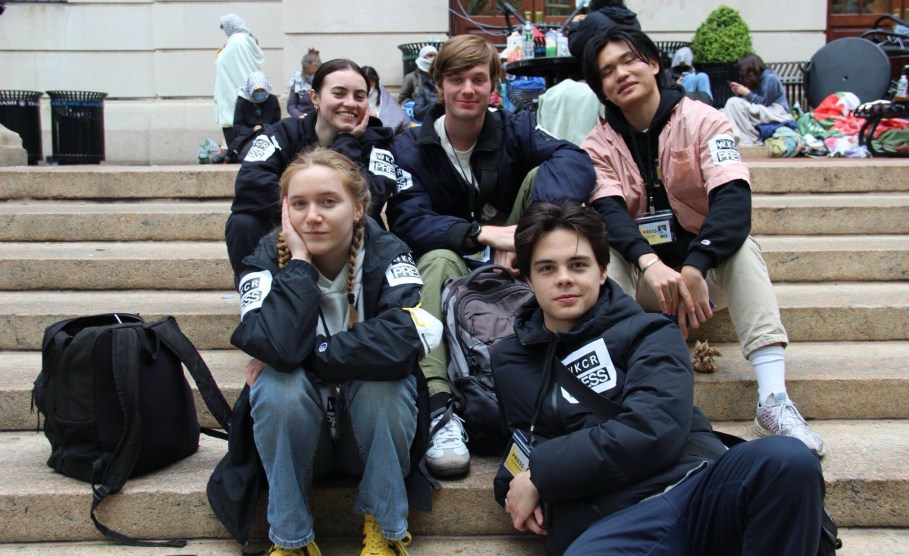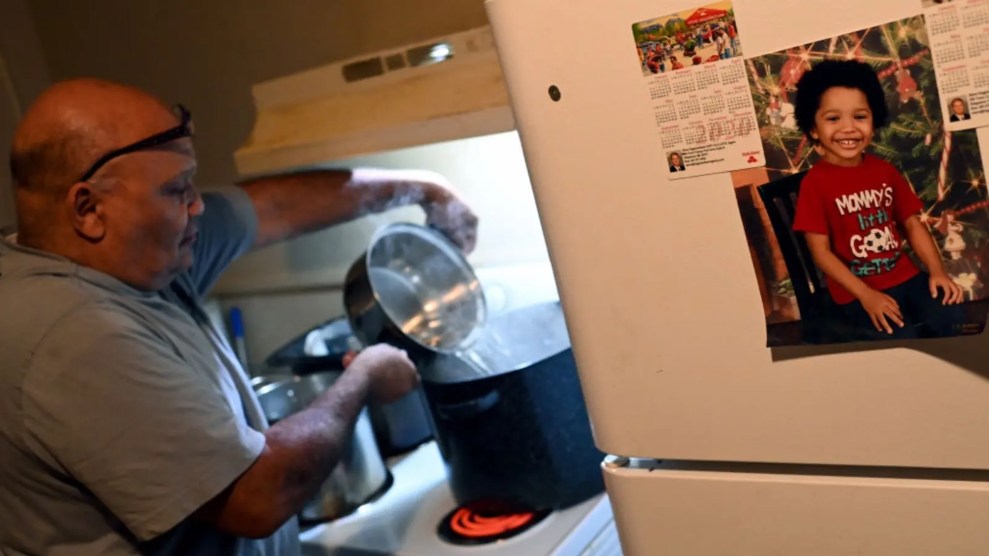The Washington Post reports on the Obama administration’s plans to cut back military spending. James Joyner comments:
Oddly, despite having been back benchers during the two hot wars the United States has fought over the last decade, “The Navy and Air Force are expected to fare better because they will play an instrumental role in the administration’s
strategy for Asia, where the United States is seeking to counter China’s expanding military power.”
….All of this should remind old hands of the early 1990s. Despite being entangled in a series of peacekeeping/stabilityoperations/operations other than war missions, the Bottom-Up Review and subsequent Quadrennial Defense Reviews planned for a future of major regional conflicts modeled on the wildly unlikely scenario of two nearly-simultaneous wars in Iraq and the Korean peninsula. Yet, the United States military has spent the ensuing two decades fighting brushfire wars.
To be sure, there was the Shock and Awe Lite invasion of Iraq, in which rapid dominance was achieved in three weeks of fighting. But we learned, once again, that a military organized and equipped for major wars wasn’t necessarily one equipped to fight sustained small wars.
I’m always unsure whether to think of this as good news or bad news. The bad news version is the one James talks about: we’re busily building a military that’s suitable for fighting a war we’re never going to fight but unsuitable for fighting the kinds of wars we probably are. If you believe that organizations — even ones whose mission you disagree with — ought to be run efficiently and effectively, then this is purely bad news.
On the other hand, if the Pentagon’s old guard is ascendant again, and our newfangled focus on counterinsurgency is being quietly deep-sixed now that the pesky David Petraeus has been kicked upstairs, perhaps that means we’ll be a lot less likely to get sucked into brushfire wars in the future. We just won’t have the capability most of the time, and that will keep us out of them no matter how loudly the war hawks are whooping it up.
Compared to the alternatives, maybe that’s not so bad after all. Unless, of course, it’s wrong, and we end up fighting just as many wars as before but fighting them really badly. Take your pick.

















